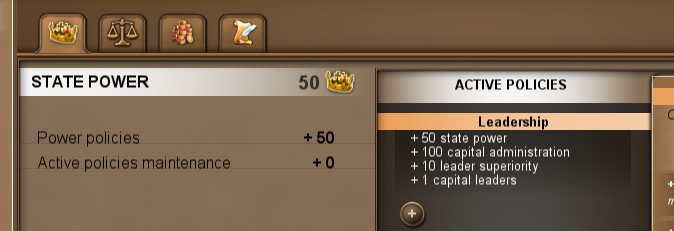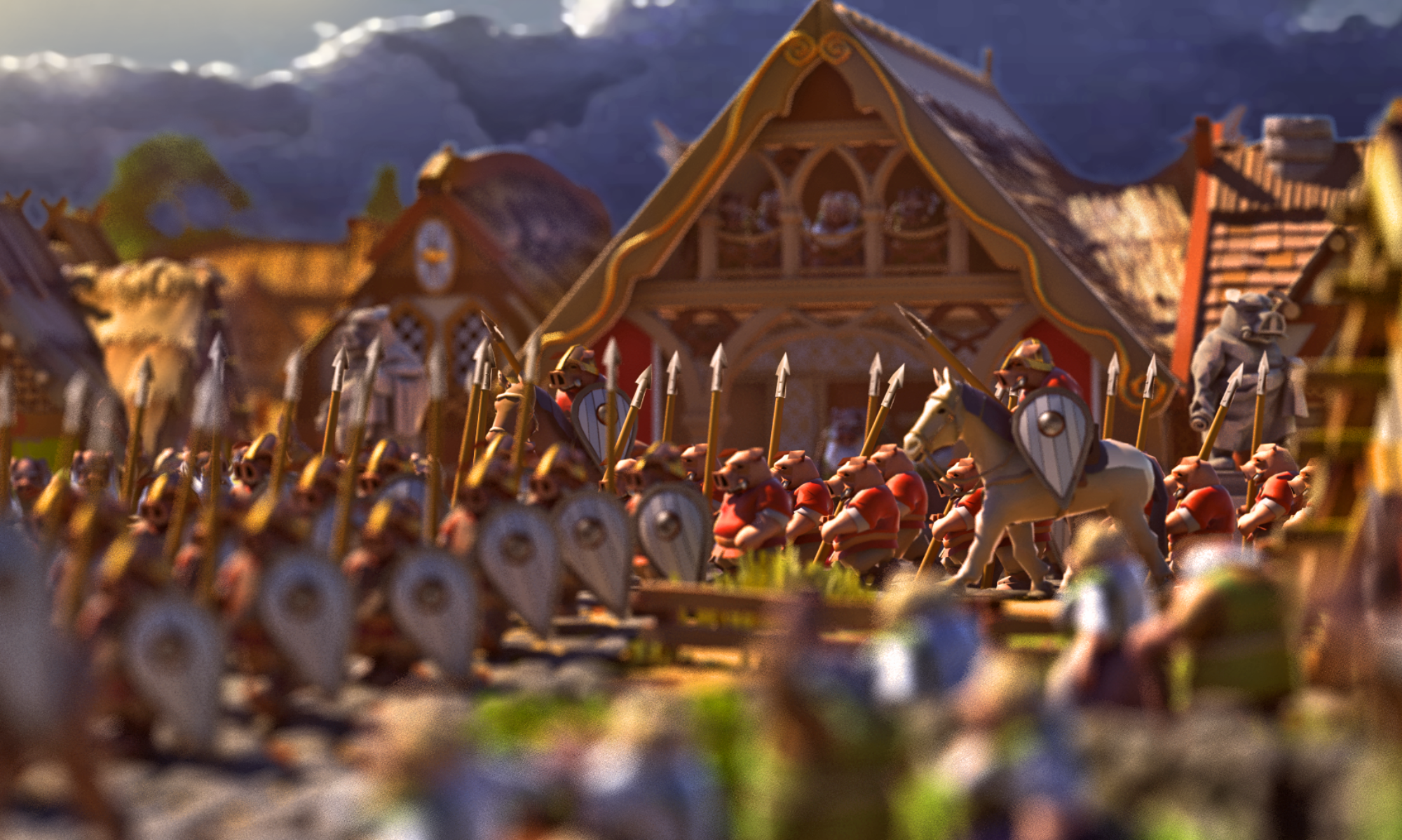Importance of the different legitimacy sources
More details about how Legitimacy actually works:
There is several “sources” of legitimacy : legitimacy from religiosity, legitimacy from people’s approval, legitimacy from the Senate etc…
Many policies affect a certain type of legitimacy. For instance, enabling the Senate through the power policy “Senate” obviously increases the Legitimacy from Senate stat.
But a legitimacy source doesnt necessarily have any effect. It will depend on your active Legitimacy policies: these define your “claims” to power.
Each legitimacy policy modifies the ‘importance’ of each different source of legitimacy. It can also turn one source into having a negative effect on your final Legitimacy.
For instance: one source is called legitimacy from the leader’s superiority. It represents how superior your leader(s) are perceived in contrast to the commoners. The wealth of the Leaders class compared to the average population is what mostly defines the value of this source.
If you enable the “Divine leader” legitimacy policy ( claiming to be ruling as a god ), then this source will have a positive effect on your final Legitimacy, and it will be best to try to increase it by having your leader(s) as rich as possible.
On the other hand if you enable the “People’s representative” one ( claiming to be ruling in name of the people ), then this source will actually be inverted and have a negative effect on your final Legitimacy.
Nothing prevents you from enabling contradicting legitimacy policies like these 2 together, but it will tend to neutralize all sources, resulting in a very low final Legitimacy.
However having an illegitimate power will not be the end of the world as long as you’ll have enough military authority to repress any unrest.
The finality of State Legitimacy is to be a factor in the calculation of a region’s Loyalty, among other things. Low loyalty will lead to unrest and rebellion.
State Power
I’ve added and implemented State power. It is in a way what Administration is to local regions: the ability of the state to manage and do things.
State Power is mainly produced by the different active Power policies. For now it’s only consumed by one thing : all policies cost State power to be maintained.

All policies implemented
I have finished implementing the effects of all the planned policies so far.
I’ve also added 2 new Power ones : Ministry and Parliament.
While the Senate is good if you claim to rule for Common-good, Parliament is good to improve your legitimacy as a People’s representative. Both will eventually get their own special buildings.
A Ministry is a less costly and polyvalent institution providing a decent amount of State power.


